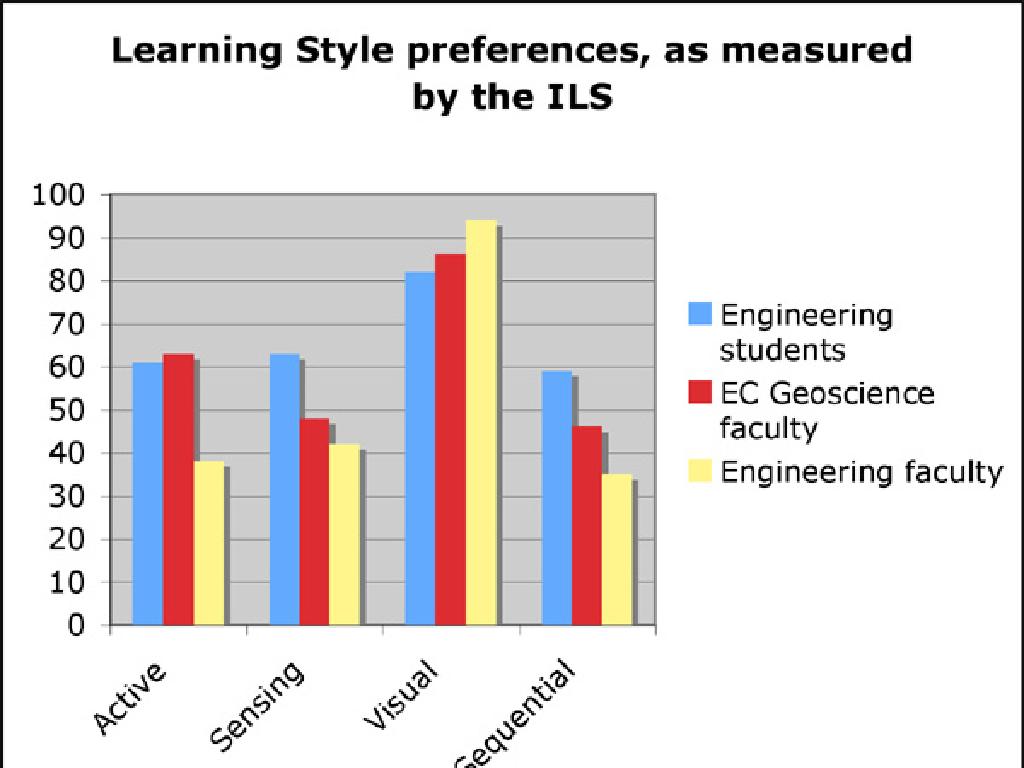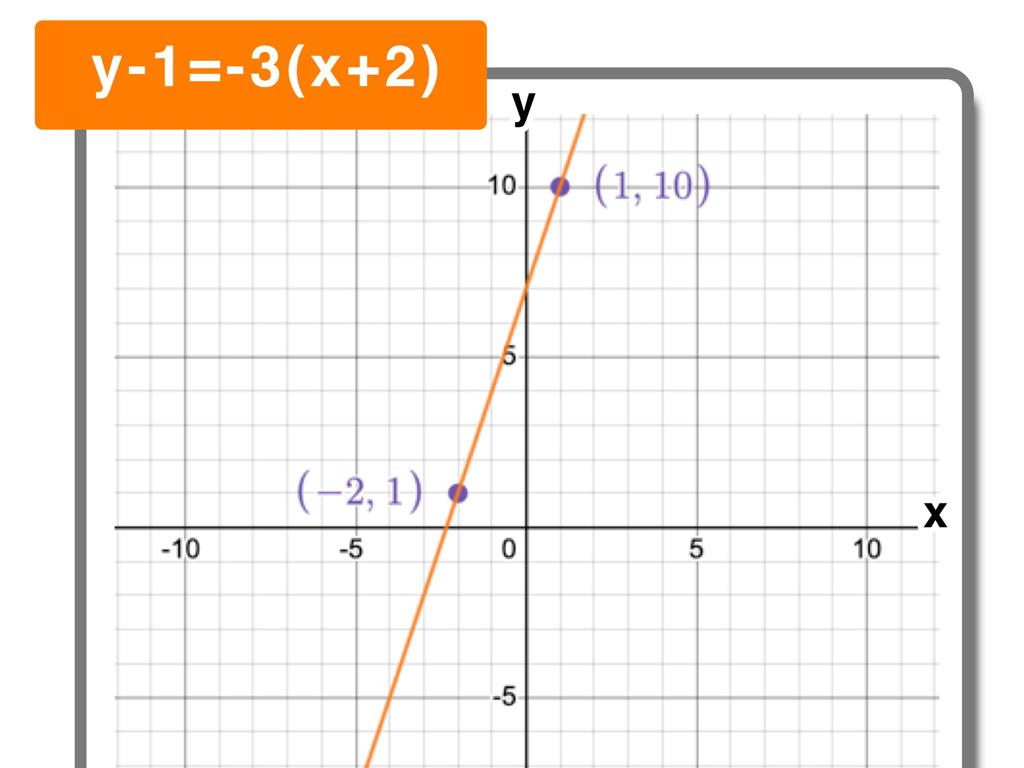Divide Numbers Ending In Zeros: Word Problems
Subject: Math
Grade: Fifth grade
Topic: Division
Please LOG IN to download the presentation. Access is available to registered users only.
View More Content
Introduction to Division
– Recap basic division concepts
– Division as equal parts splitting
– If you have 12 apples and 4 friends, how many does each get?
– Division’s role in daily life
– Used in sharing, budgeting, and time management
– Practice with zero-ending numbers
– Solve: 200 ÷ 10 or 600 ÷ 100
|
Begin the lesson by reviewing what division is and how it works, ensuring that students recall the process of dividing numbers. Emphasize that division is essentially splitting a number into equal parts, which is a fundamental concept they’ve encountered before. Discuss how division is used in everyday situations such as sharing items equally among a group, dividing tasks, budgeting money, or even distributing time evenly across activities. Introduce the concept of dividing numbers that end in zeros, which is a common occurrence in real-life scenarios. Provide examples and encourage students to think of situations where they might need to divide large round numbers. This will set the stage for word problems that they will encounter in the lesson.
Division Vocabulary and Examples
– Understanding ‘Dividend’
– The number being divided, e.g., 20 in 20 ÷ 4.
– What is a ‘Divisor’?
– The number you divide by, e.g., 4 in 20 ÷ 4.
– Meaning of ‘Quotient’
– The result of division, e.g., 5 in 20 ÷ 4.
– Is there a ‘Remainder’?
– Leftover amount after division, often zero when dividing by 10s.
|
This slide introduces the basic vocabulary of division: dividend, divisor, quotient, and remainder. Use the example 20 ÷ 4 to illustrate these terms. The dividend (20) is the number we want to divide up. The divisor (4) is the number of groups we divide the dividend into. The quotient (5) is how many are in each group after dividing. Sometimes, numbers don’t divide evenly, and we have a remainder, but when dividing numbers ending in zeros by 10s, the remainder is often zero. Encourage students to think of real-life examples where they divide things into groups, like sharing candies or splitting a bill, to make the concept more relatable.
Dividing Numbers Ending in Zeros
– Recognize zero-ending number patterns
– Numbers like 100, 200, 1000 divide easily by 10, 100, etc.
– Simplify division by canceling zeros
– Remove the same amount of zeros from both numbers before dividing
– Practice with word problems
– Understand real-world applications
– Apply this method to problems like splitting 1000 candies among 10 kids
|
This slide introduces students to the concept of dividing numbers that end in zeros. Start by helping them recognize the patterns that emerge when dividing such numbers, like how the zeros can often be canceled out to simplify calculations. Show them how to remove the same number of zeros from the numerator and denominator before performing the division. Provide word problems for practice, ensuring they understand the process and can apply it to real-world scenarios. For example, if you have 1000 candies and want to divide them equally among 10 kids, how many candies does each child get? This method simplifies the division to 1000/10, which equals 100 candies per child.
Word Problems: Breaking Down the Question
– Identify key information
– Look for numbers, units, and the question
– Understand the problem’s question
– What is the problem asking? Find or calculate?
– Solve using division
– Divide numbers, especially those ending in zeros
– Check your answer
– Use estimation or inverse operations to verify
|
This slide aims to guide students through the process of solving division word problems, particularly those with numbers ending in zeros. Start by identifying crucial information such as numbers, units of measure, and what the question is. Discuss strategies for understanding what the problem is asking: Is it asking to find a total, a difference, a product, or a quotient? Emphasize the importance of division in solving these problems and provide tips for dividing numbers ending in zeros. Finally, teach students how to check their answers through estimation or using inverse operations. Encourage students to practice with example problems and to explain their reasoning during the process.
Dividing Numbers Ending in Zeros
– Understand the word problem
– Divide 100 stickers among 5 friends
– Each friend gets an equal share of stickers
– Break down the problem into steps
– How to divide a number by another easily when it ends in zeros
– Solve step by step
– Calculate: 100 divided by 5 equals 20 stickers per friend
|
This slide introduces students to solving division word problems involving numbers ending in zeros. Start by reading the problem carefully and understanding what is being asked. In our example, we have 100 stickers to be divided equally among 5 friends. Teach the students to break down the problem: first, ignore the zeros and divide 10 by 5 to get 2, then add the zero back to find that each friend gets 20 stickers. Emphasize the importance of understanding the problem before jumping into calculations and guide them through the process of breaking down the problem into manageable steps. Encourage students to practice with similar problems for mastery.
Division Practice: Zeros Matter!
– Solve division problems as a class
– Explain your problem-solving process
– How did you decide to tackle the problem?
– Practice with zeros in dividends
– Focus on numbers like 100, 2000, etc.
– Share solutions and discuss
– Why did your answer make sense?
|
This slide is designed for an interactive class activity focused on dividing numbers ending in zeros. Start by presenting a few division problems that involve dividends ending in zeros. Encourage students to volunteer to solve the problems on the board, guiding them to explain each step of their thought process. Emphasize the role of zeros in simplifying division. After solving, students should share their solutions with the class and discuss any differences in their approaches. This activity will help reinforce their understanding of division concepts and boost their confidence in solving word problems. Possible activities include dividing objects into groups, using place value charts, and creating their own word problems for peers to solve.
Class Activity: Division Relay
– Form into teams for relay
– Solve zero-ending number problems
– Divide numbers like 2000 ÷ 50 or 600 ÷ 3
– First correct solution wins a point
– Points contribute to team score
|
This activity is designed to encourage teamwork and quick thinking as students practice dividing numbers that end in zeros. Divide the class into small groups, and provide each team with a word problem that requires them to divide numbers ending in zeros. Ensure the problems are of similar difficulty. The first team to present a correct solution earns a point for their team. Keep track of the points on the board. This activity not only reinforces division skills but also promotes healthy competition and collaboration among students. Possible problems could include scenarios like ‘A school has 2000 books that need to be evenly distributed into 50 boxes. How many books will go into each box?’ or ‘A farmer has 600 apples and wants to pack them into bags containing 3 apples each. How many bags can the farmer fill?’
Homework and Wrap-up: Division with Zeros
– Solve assigned word problems
– Tackle homework problems to apply what you’ve learned about dividing numbers ending in zeros.
– Review today’s division concepts
– Let’s quickly go over the key points from today’s lesson on division.
– Ask questions if you’re unsure
– Don’t hesitate to ask for help or clarification on any part of the lesson.
– Practice makes perfect!
|
As we conclude today’s lesson on dividing numbers ending in zeros, assign a set of word problems for homework to reinforce the concepts. Ensure the problems vary in difficulty to cater to all students. Recap the main ideas, such as identifying the zeros in both the dividend and divisor and simplifying before dividing. Encourage students to ask questions about any part of the lesson they may not have fully understood. Remind them that practicing these problems at home will help solidify their understanding and prepare them for more complex division tasks.






